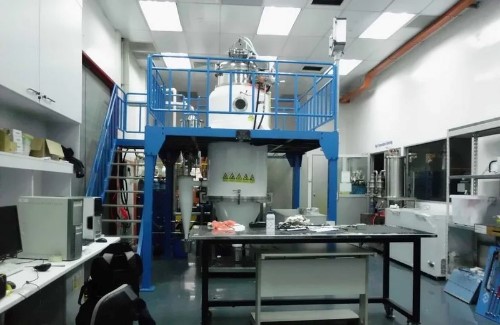Sweet Nylon Clothes in the Offing
Sugar is soon becoming the raw material for that nylon fabric you are wearing. Researchers from the Institute of Bioengineering and Nanotechnology (IBN) have found a new process that can convert adipic acid, one of the building blocks in the making of nylon, from sugar.
This is the very same nylon that is used in the making of ropes, carpets, toothbrush bristles and even clothes. The current production procedure of adipic acid involves the nitric acid oxidation process of petroleum-based chemicals. This process produces large amounts that are used commercially but it releases a lot of nitrous oxides which contribute largely to global warming.
The IBN Executive Director Professor Jackie Y. Ying cited growing environmental concerns due to the constant use of fossil fuels and a reduction in natural resources as the main push for their research. He said that their team had come up with a sustainable and greener solution to convert sugar into adipic acid using their “patented catalytic technology”.
‘Green’ adipic acid can be obtained from mucic acid. Mucic acid is oxidized from sugar and can be found in fruit peels. The process that is currently being used involves several stages that give a very low yield and product efficiency. They could also be done using hydrogen gas that is under high pressure and strong acids, all of which are harsh, unsafe and costly.
The chemical process developed by IBN involves deoxydehydration of mucic acid, which is the removal of oxygen and water using reduction and dehydration respectively. The scientists found that deoxydehydration combined with an alcohol solvent (transfer hydrogenation reaction) in one of the reactors would give rise to a high yield of 99 percent pure adipic acid.
It can actually be adapted for industrial purposes because it uses a minimal number of steps (one or two), the conditions are not harsh and the resulting product is pure. The amount of greenhouse gases is reduced as well.
The IBN Group Leader in green chemistry and energy, Dr. Yugen Zhang, was also quick to praise their team’s efforts. He mentioned that their work showed a lot of potential in the development of bio-based adipic acid.
He expressed excitement about their new protocol and its ability to efficiently convert adipic acid from sugar, which has essentially drawn industrialization closer by a step. He hinted about them making use of raw biomass as feedstock so as to complete the green technology.
Cleaner and cheaper processes are the way to go as industrialization continues to dominate the world. Every firm should indeed strive to contribute to the reduction of greenhouse gas emission.









